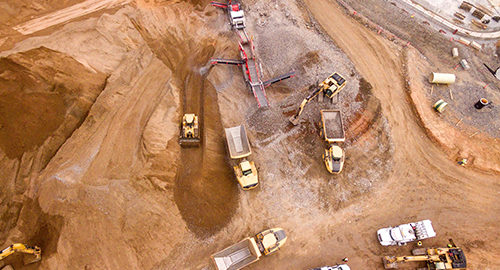A new Cooperative Research Centre focused on integrating green energy sources such as hydrogen, ammonia and solar into high-heat and high-emission manufacturing processes for products like steel, aluminium and cement has won Australia government backing.
The Heavy Industry Low-carbon Transition Cooperative Research Centre (HILT CRC), to be led by the University of Adelaide, has been provided with A$39 million ($29 million) of funding through the CRC Grants program. It is also backed by an additional A$175.7 million in funding and in-kind support from research and industry partners such as Alcoa, Rio Tinto Aluminium, South32, Roy Hill, Fortescue Metals Group, the Australian National University and the CSIRO.
South Australia Minister for Industry, Science and Technology, Christian Porter, said the CRC would help to secure the future of heavy industries right across the country by helping them to lower costs and establish a reputation as exporters of high-quality, low-carbon, value-added products.
“In order to remain internationally competitive, it is crucial that our heavy industries begin the transition to lower cost and cleaner energy technology to secure the long-term future of their operations,” Minister Porter said. “By connecting those industries with our best and brightest minds from within our major research institutions – coupled with the significant funding that’s now available to fast-track this work – we expect real-world solutions can be delivered within the 10-year life of the CRC.”
Dr David Cochrane, who is Technology Lead at core CRC partner South32 and also an industry leader of the HILT CRC, said: “The HILT CRC will play an important role in transitioning to a low-carbon future by creating a framework for industry to collaborate, sharing knowledge and experience while lowering the risk of trialling technology.
“For South32, we have recently set medium-term targets to halve our operational emissions by 2035 as we transition to net zero by 2050 and initiatives like the HILT CRC are part of our plan to achieve these targets.”
Susan Jeanes, who is Chair-elect of the HILT CRC, said: “Decarbonising Australia’s heavy industry will position it to be competitive in the rapidly developing, global low carbon markets for green iron and aluminium products that have higher value than our current exports. These new markets are being driven by our trading partners in countries like China, Japan and Europe, which are introducing a range of financial measures to meet their carbon targets, such as EU’s Carbon Border Tax.
“Our mineral resources geographically co-exist around the continent with our first-class renewable energy resources making decarbonising more competitive here than in other parts of the world.”








